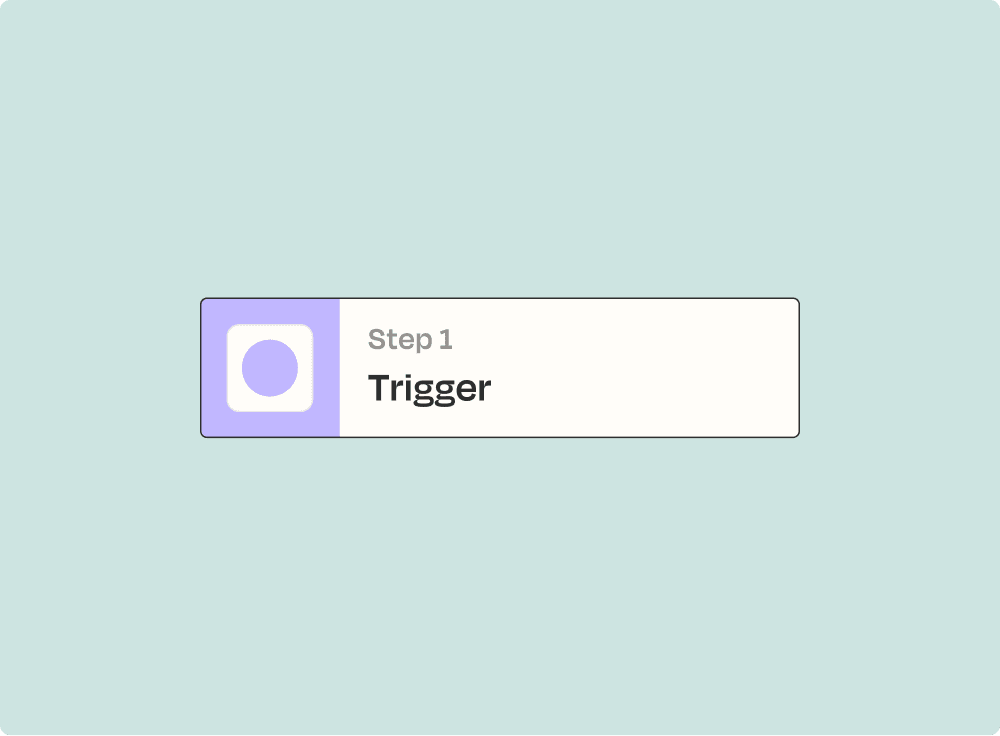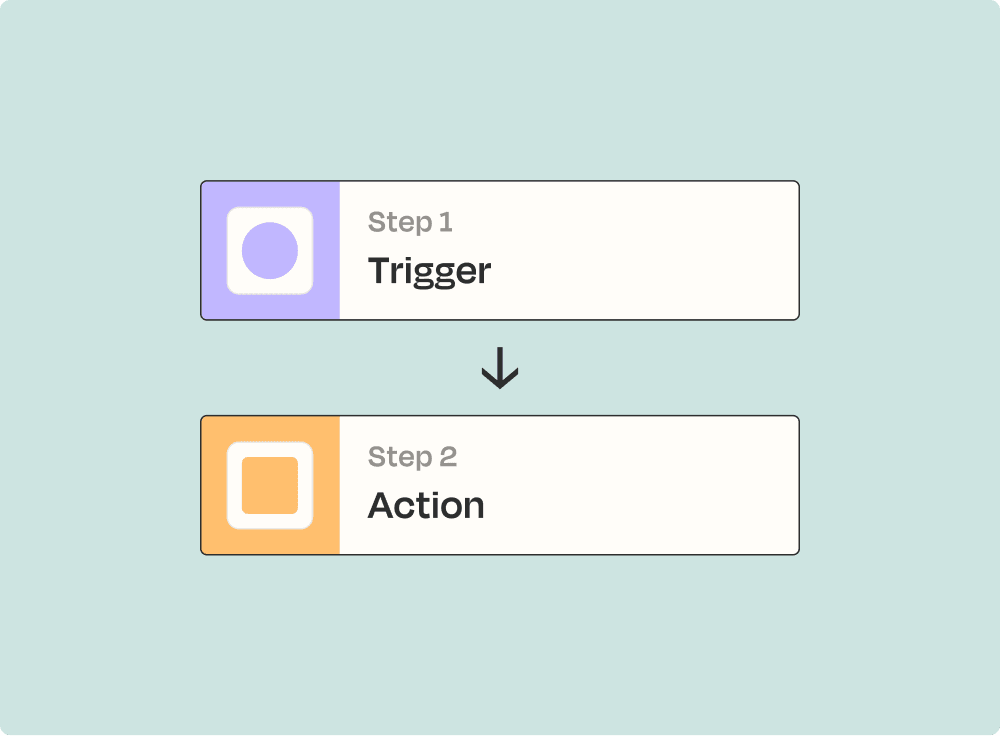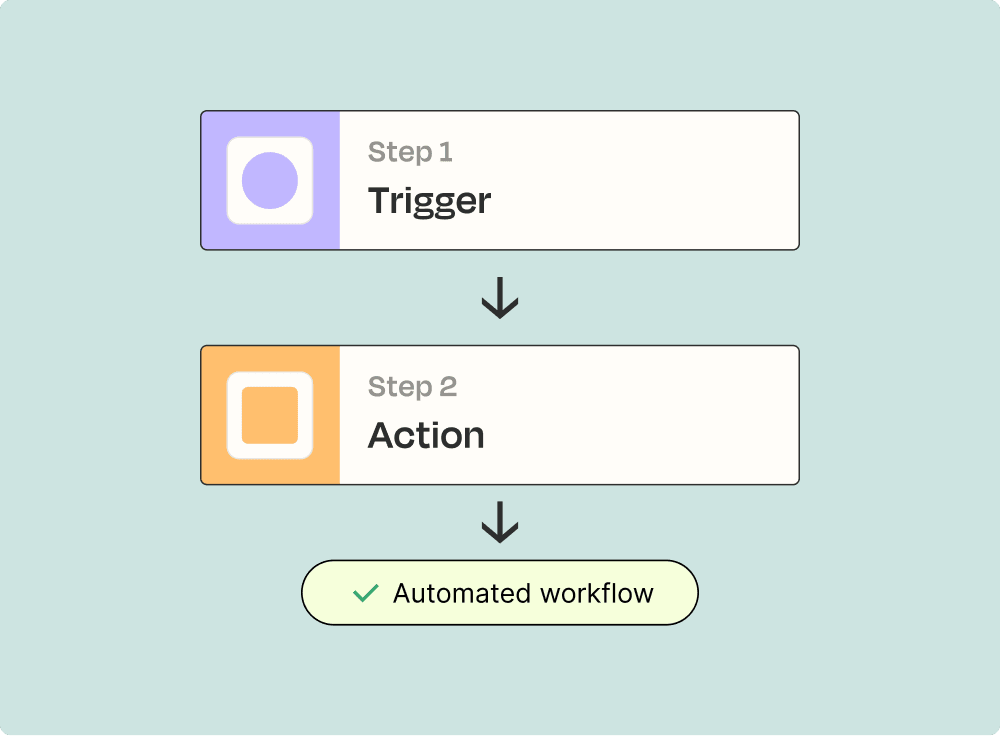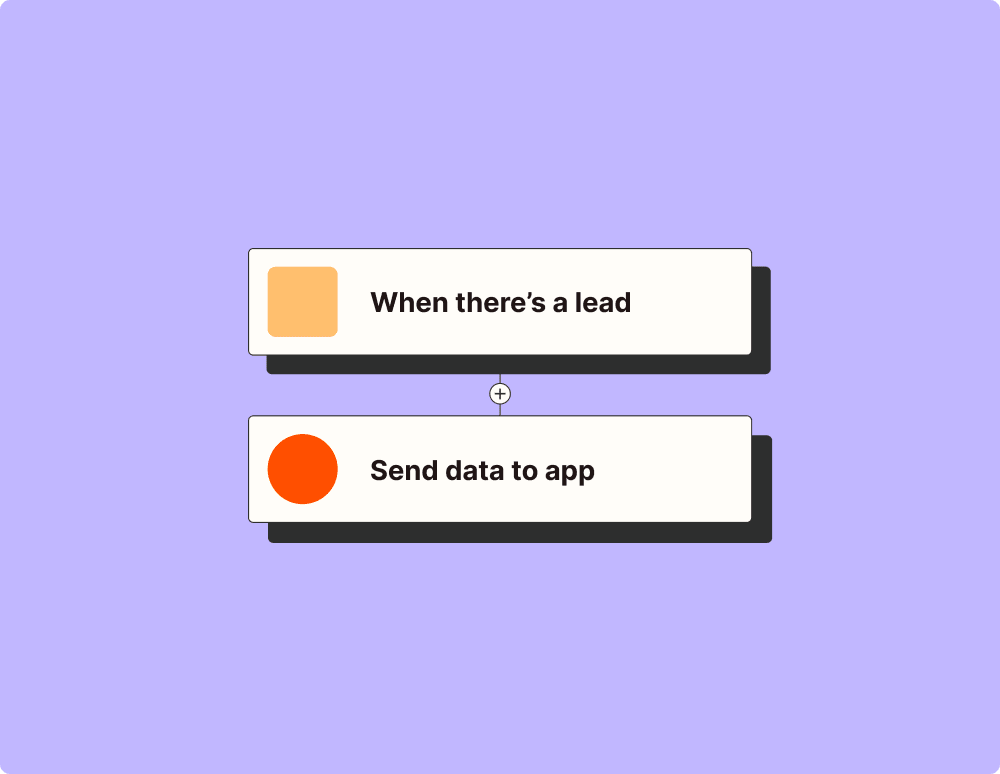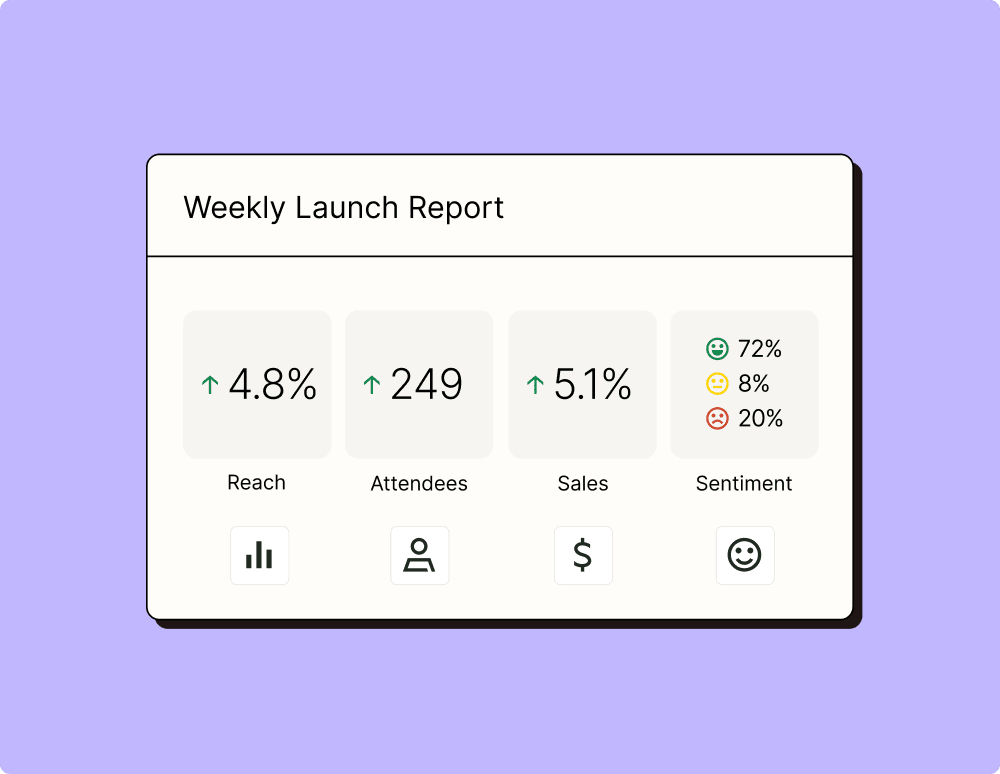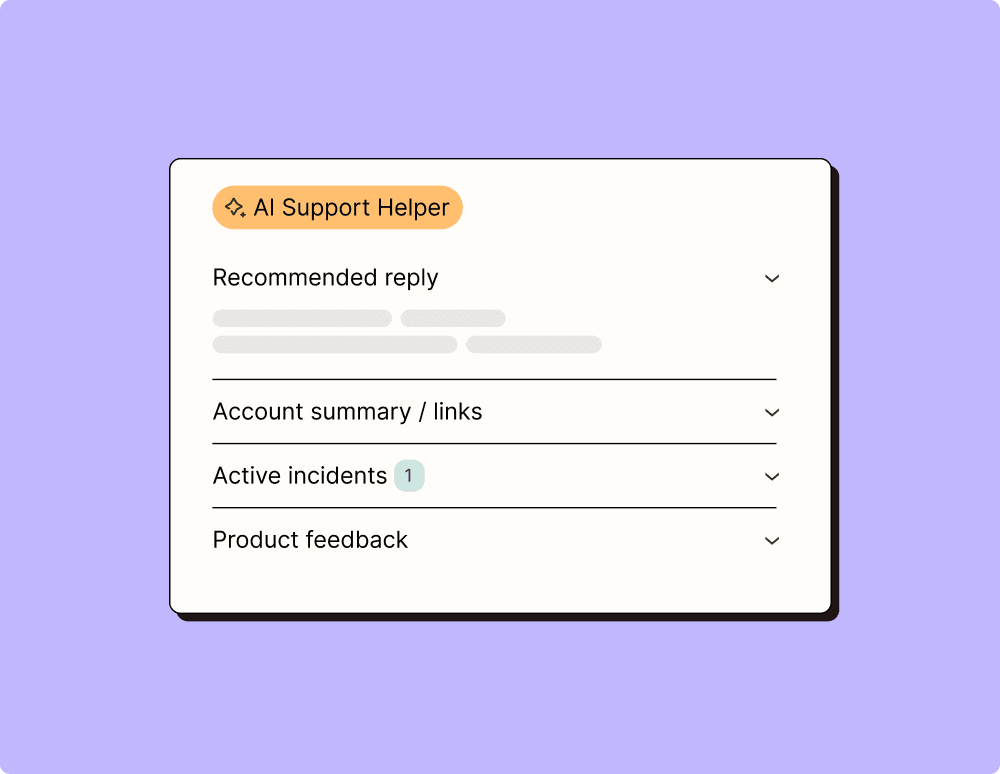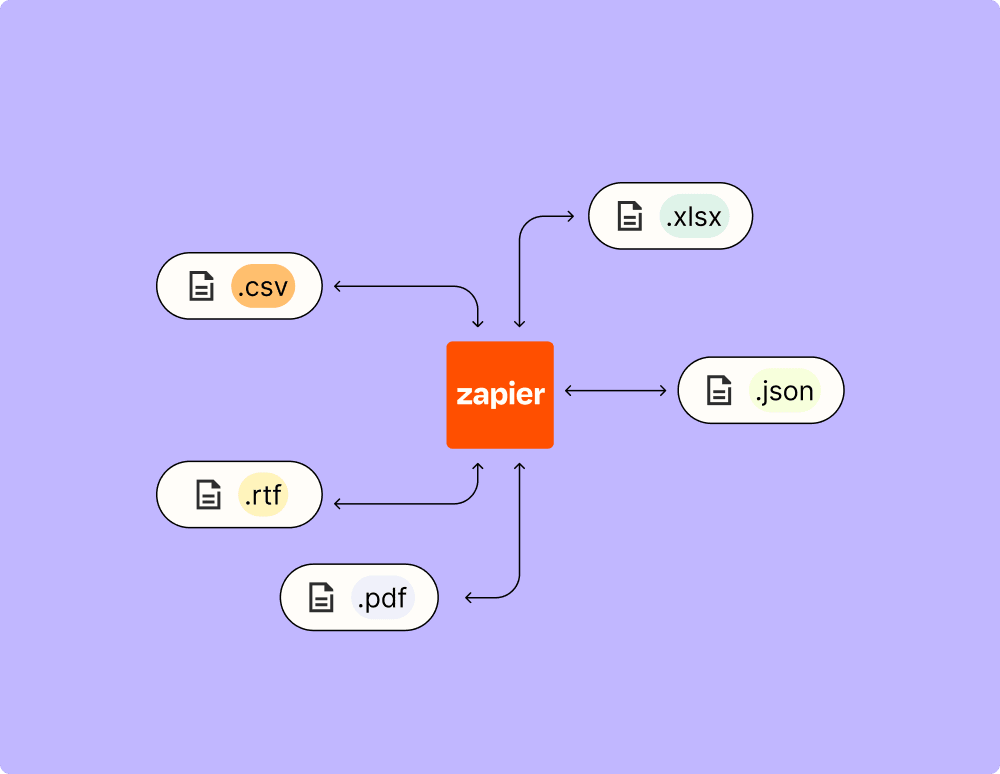Connect Google BigQuery and HubSpot to unlock the power of automation
- No credit card required
- Free forever for core features
- 14-day trial for premium features and apps
Set up your first integration
Quickly connect Google BigQuery to HubSpot with a Zapier template.
Our most popular template

How Zapier works
Zapier makes it easy to integrate Google BigQuery with HubSpot - no code necessary. See how you can get setup in minutes.
Zapier is the automation platform of choice for 87% of Forbes Cloud 100 companies in 2023
93%
Customers who say using Zapier has made them better at their job
25m
Customers have created over 25 million Zaps on the platform
6 mins
The average user takes less than 6 minutes to set up a Zap
Frequently Asked Questions about Google BigQuery + HubSpot integrations
New to automation with Zapier? You're not alone. Here are some answers to common questions about how Zapier works with Google BigQuery and HubSpot
How do I set up a Google BigQuery to HubSpot integration?
Setting up an integration between Google BigQuery and HubSpot involves using Zapier to connect both platforms. You need to create a Zap that uses Google BigQuery as a trigger and HubSpot as an action. For instance, you can configure a trigger event when a new row is added in BigQuery which then updates or creates a contact record in HubSpot.
What triggers can I use when integrating Google BigQuery with HubSpot?
When integrating with Google BigQuery, you can use triggers such as the 'New Row' or 'Updated Row' in your dataset. These triggers enable us to start workflows that push data from BigQuery into HubSpot automatically.
What actions are available in HubSpot when triggered by Google BigQuery data changes?
Upon detecting changes from Google BigQuery, you can perform actions like creating new contacts, updating existing contact records, or adding notes to existing deals within HubSpot. This ensures that your CRM data stays current with your analytical insights.
Do I need any special permissions to connect Google BigQuery with HubSpot?
Yes, to set up this integration you'll need appropriate permissions on both ends. For Google BigQuery, access rights to view and query the needed datasets are necessary. On the HubSpot side, ensure you have permissions to edit contacts or deals according to your intended actions.
Can I schedule regular data syncs between Google BigQuery and HubSpot?
Yes, our platform supports scheduling regular Zaps that can execute periodically. You can automate the sync frequency based on your needs—whether it’s hourly, daily or weekly updates—to ensure continuous alignment between your analytics and CRM data.
How does data mapping work between Google BigQuery and HubSpot fields?
When setting up the integration, you'll need to map fields from your Google BigQuery dataset to corresponding fields in HubSpot. This mapping is customizable allowing you to match specific columns in your analytics data with CRM attributes such as contact names or email addresses.
Is there a way to handle errors during data transfer from Google BigQuery to HubSpot?
Absolutely! We offer built-in error handling features where you can specify fallback actions if certain conditions aren’t met. You can configure alerts for failed transfers or set retries for transient errors ensuring minimal impact during sync operations.
Supported triggers and actions
Zapier helps you create workflows that connect your apps to automate repetitive tasks. A trigger is an event that starts a workflow, and an action is an event a Zap performs.
- Project IDRequired
- DatasetRequired
- TableRequired
Try It- Project IDRequired
- Job IDRequired
- LocationRequired
Try It- Project IDRequired
- DatasetRequired
- TableRequired
- Project IDRequired
- DatasetRequired
- TableRequired
- Unique ColumnRequired
- Where ValueRequired
- Project IDRequired
- DatasetRequired
- TableRequired
- Sort By ColumnRequired
- Unique ColumnRequired
Try It- Project IDRequired
- DatasetRequired
- TableRequired
- Unique ColumnRequired
- IS Operator
Try It- Project IDRequired
- DatasetRequired
- TableRequired
- Project IDRequired
- DatasetRequired
- TableRequired
- RowsRequired
- Skip Invalid Rows
- Ignore Unknown Values
